
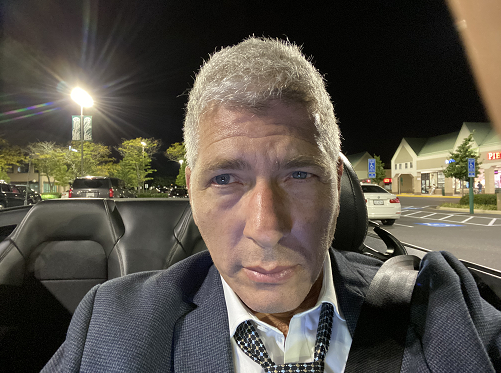
Fort Huachuca, Arizona was not a place I’d ever thought of traveling to — but the job calls and you find yourself in foreign places. In Fort Huachuca’s case, pleasantly surprised.
Fort Huachuca is due south of Tucson, Arizona — an hour and a half drive from Tucson and 15 miles North of the Mexican border. You are smack dab into the Wild West. This is the land of gunfighters and Indian wars.
Fort Huachuca has a rich history. The fort was created to counter the Chiricahua Apache threat and secure the border with Mexico during the Apache Wars and the campaign against Geronimo in the 1880’s. It was home of the 10th Cavalry “Buffalo Soldiers” — the 10th Cavalry Regiment composed of African Americans — from 1913 to 1933.
Today the fort is headquarters for US Army Intelligence, and is known as largest drone training facility in the world — drones otherwise called unmanned aircraft systems (UAS).
And 20 miles to the East — Tombstone, Arizona — boomtown for Silver; and home to Wyatt Earp and the cowboy cattle rustlers, and the Gunfight at OK Corral.
1. The Cactuses
I’ve traveled throughout the United States and the world and after a while, most places feel like the same place. People are people; cities are cities. Beijing China starts to remind me of Brooklyn. Every place is different of course, and viva le difference, but there are certain places that are Very different.
Southern Arizona with its cactuses is Very different. Cactuses are all over the place in Phoenix, an otherwise metropolitan city, and they are abundant in Tucson as well as they are all over the deserts of southwestern Arizona by Fort Huachuca.
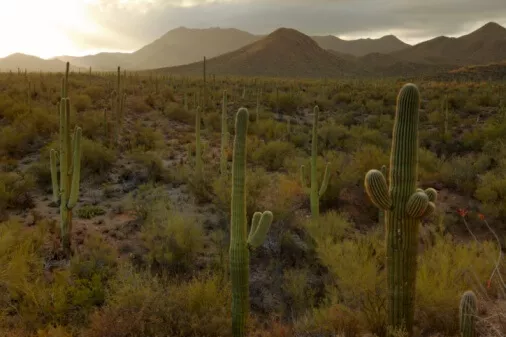
There are numerous types of Cactus. Literally thousands of different types. But the famous ones you’ll see in Arizona are:
- Saguaro — the big cactus that can grow to be 40 feet high. Categorized by Cactus experts as “Carnegia gigantia”.
- Organ Pipe — can reach up to 30 feet high with clumps as wide. Found predominantly in the rocky desert. Categorized by Cactus experts as “Stenocereus thurberi”. There is an Organ Pipe Monument National Park that is 30 miles due West of Fort Huachuca.
- Senita — Clusters of tall stems, branching from the base.
- Bunny Ears — otherwise known as the Horse Crippler Cactus — whose hair-like spines can cause stabbing sensations. It’s hard to see because it tends to retract into the soil and is often obscured by grass, and many horses have been crippled from stepping on it. It can go thru an Army boot.
- Prickly Pear — its fruit and stems are commonly eaten and used as medicine in Mexican cultures to lower blood sugar and cholesterol levels by reducing how much the stomach absorbs. Used to treat diabetes.
- And on and on…
There are dozens of different types of Cactuses that can be found in Southern Arizona and entire websites are dedicated to them — such as this one.
2. The Mountains & the Desert
To get to Fort Huachuca you fly into Tucson and then drive 1.5 hours on route 10 East and then route 90 south. The first thing you notice as you head further and further south, are the mountains. This is the John Wayne/John Ford west of big desert flats with big cactuses, and mountains in the distance.
You pass Coronado National Park on the drive down — known for sixteen scattered mountain ranges or “sky islands” rising dramatically from the desert floor. You can horseback ride there.
Fort Huachuca and the nearby town of Sierra Vista have a mountain backdrop formed by the Huachuca Mountains — with Miller Peak the highest point at 9,438 feet.
Things to Do: If you are traveling in this area, you might want to go horseback riding. The Buffalo Trails Riding Stables at Fort Huachuca offers horseback riding.
3. The Sunsets
Another amazing feature of the area are the pastel colors of the sunsets. You are truly in a different place of the world — the wild wild West.
Southern Arizona is known for its incredible sunsets. According to StateParks.com — which has a whole page dedicated to Arizona sunsets, the incredible sunsets in Arizona are due to a combination of factors — it’s “ecosystem, landscape, and something called scattering. Arizona is so dry, dust particles are able to float effortlessly on the breeze so there’s a lot of them available for scattering. More particles equal more color.”
There are others who have taken better pictures of the Arizona sunsets than mine. You can do a quick internet search on Arizona sunsets to find more, like this one, taken in the Fort Huachuca area:
Pointer: if you are traveling to this area, make sure to catch some pictures of the sunset. Note also that the Buffalo Corral Riding Stables offers horseback riding at sunset.
4. The Stars at Night
And don’t forget about the stars at night. Since you are out in the middle of nowhere, the stars at night are incredible.

Here is a picture that Fort Huachuca has on their public website, showing the training that they do at the fort:
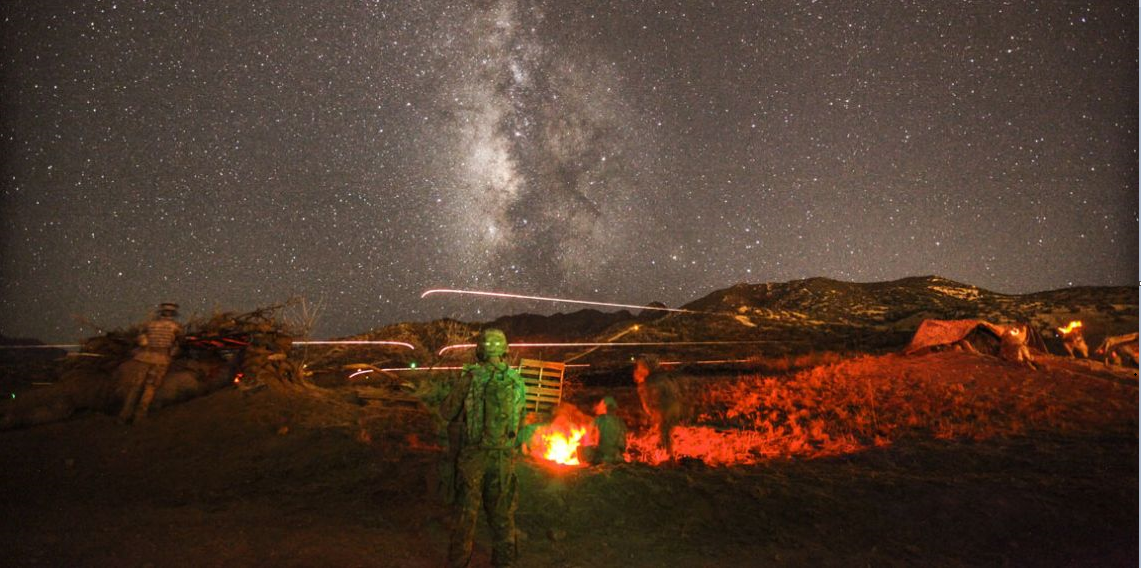
5. Huachuca = “Place of Thunder”
Huachuca is a Native American Indian word that translates to “Place of Thunder.” Locals who live around Fort Huachuca find the name fitting, as the fort — situated at the base of the Huachuca Mountains — experiences heavy thunderstorms featuring dark clouds and thunderclaps at certain times of the year.
6. Fort Huachuca
Fort Huachuca was started as an outpost by Captain Samuel Marmaduke Whiteside on March 3, 1877. Whiteside led two companies of the 6th Cavalry. The fort was built to offer protection to settlers and travel routes in southeastern Arizona while at the same time protect the border with Mexico, and block Apache escape routes through the San Pedro and Santa Cruz valleys to sanctuary in Mexico.
a. Fort Huachuca’s Location
Fort Huachuca’s site was selected because it had fresh running water with a perennial stream, an abundance of trees, excellent observation in three directions, and protective high ground for security against Apache tactical methods.
b. Geronimo & the Apaches
General Nelson A. Miles commanded Fort Huachuca and used it as his headquarters in his campaign against Geronimo in 1886. After Geronimo surrendered in August 1886, the fort was kept open as a base to act against Mexican bandits, and American outlaws.
c. The Buffalo Soldiers
Buffalo Soldiers is a term used for US Army regiments that were primarily composed of African American soldiers. The name derived from the 10th Cavalry Regiment, which was formed in 1866 at Fort Leavenworth, Kansas — and was deployed to Fort Huachuca to fight the Apaches. According to Wikipedia, the American Indians called these troops “buffalo soldiers” because of their dark, curly hair, which resembled a buffalo’s coat and because of their fierce nature of fighting.
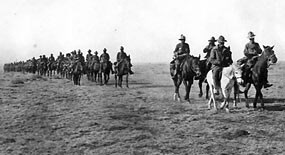
The term “buffalo soldiers” eventually became used for all Army regiments that were made up primarily of African Americans, including the 9th Cavalry Regiment, 10th Cavalry Regiment, 24th Infantry Regiment, 25th Infantry Regiment, and 38th Infantry Regiment.
In 1913, the 10th Cavalry Regiment — aka the original “Buffalo Soldiers” were assigned Fort Huachuca as their base. It remained their base camp until 1933.
d. Fort Huachuca Became Surplus After WW II
At the end of World War II, the fort was declared surplus and transferred to the State of Arizona. It was reactivated during the Korean War by the Army Corps of Engineers.
e. Fort Huachuca Became Strategic for Testing Electronic Equipment
The fort was reactivated and became strategic, starting in 1954 when the US Army Signal Corps (USASC) realized that the dry desert area was perfect for testing electronic communications equipment. The US Army Strategic Communications Command placed its headquarters at Fort Huachuca in 1967.
Today that branch is named the US Army Information Systems Engineering Command (USAISEC).
f. Fort Huachuca Today Known for Advanced Drone (UAS) Training
Today, Fort Huachuca is known as the largest drone training center in the world — drones are otherwise called Unmanned Aerial Vehicles (UAV’s) or these days, Unmanned Aerial Systems (UAS).
The US Army Intelligence Center and Fort Huachuca now operates the post.
Contrary to some beliefs — drones overseas are not piloted at Fort Huachuca. That is done by airmen at Davis-Monthan Air Force Base up North just outside of Tucson. Fort Huachuca is a training base only.
According to the city of Sierra Vista, “Fort Huachuca is the largest unmanned aircraft systems (UAS) training facility in the world. Its $10 million facility contains 25,000 square feet of space and 10 simulators, while managing 964 square miles of restricted air space above the community. Top entrepreneurs and experienced defense agencies come from around the world to test and evaluate their unmanned aircraft systems at Fort Huachuca. For this reason Sierra Vista is home to some of the nation’s leading civilian contractors that develop UAS technology, like Northrop Grumman and Raytheon.”
A 30-minute video on the history of Fort Huachuca is here.
7. The Fort Huachuca Museum
The Fort Huachuca Museum has become known for capturing the history of the U.S. Army in the Southwest and the history of the US Southwest in general. It is free. I didn’t get a chance to visit.
According to the museum website, it “houses several thousand objects and documents, many on display in attractive exhibits telling the Fort’s one hundred and thirty-five year story. The Museum is located in two buildings on the Fort’s historic Old Post, and is open to the public without charge” from Tuesdays thru Saturdays — 9am to 4pm.
8. Where to Stay
There are a number of nice hotels in the Fort Huachuca area — specifically in the neighboring town of Sierra Vista. I was in Fort Huachuca to give training off site at a local Embassy Suites. It is a very nice hotel that features a pretty nice outdoor swimming pool that I never got a chance to use.
9. Tombstone Arizona
Unbeknownst to me in my entire time at Fort Huachuca — which was a day and a half — was that Tombstone, Arizona and the OK Corral was a 20-minute drive to the East. So I didn’t go there. But this is something you would probably want to do if you were planning a trip to Fort Huachuca or Tucson.
Tombstone is known for recreations of the Gunfight at OK Corral and nice restaurants.
Boomtown for Silver
Tombstone is in the same county as Fort Huachuca — Cochise County. The town became one of the last boomtowns in the American frontier — as miners came in search of Silver. The town grew in population from around 100 people to around 14,000 people in less than seven years in the mid-1880s as local mines produced $40 to $85 million of Silver bullion.
Gunfight at the OK Corral — the Skinny
The gunfight at the OK Corral arose from rising tensions between — get this — Republicans and Democrats!
Mining capitalists and townspeople were largely Republicans (the anti-slave party) who had migrated to Tombstone from Northeastern states in search of Silver. Many of the local ranchers were Confederate sympathizers and Democrats (the pro-slave party).
- Tombstone — being so close to the Mexican border — was known as a town where cattle stolen from ranches in Sonora, Mexico could be resold by cattle rustlers and outlaws — known as the Cochise County Cowboys.
- According to written records, the Earp brothers — Wyatt, Virgil and Morgan — as well as Doc Holliday, arrived in December 1879 and mid-1880. The Earp’s were by-the-book lawmen who had ongoing conflicts with cattle rustlers Billy Clanton, Frank and Tom McLaury, and Billy Claiborne. The Cowboys repeatedly threatened the Earp’s over many months before the famous shootout.
- On the evening of March 15, 1881, three Cochise County Cowboys attempted to rob a Kinnear & Company stagecoach carrying $26,000 in silver bullion ($788,428 in 2023), en route from Tombstone to Benson, Arizona, killing the driver and sidekick of the stagecoach.
- Deputy US Marshal Virgil Earp, with his temporary deputies and brothers Wyatt and Morgan Earp, pursued the Cowboys. That set off a chain of events that culminated, on October 26, 1881, in a gunfight in a vacant lot near the OK Corral. The Earp’s along with Doc Holliday killed Tom McLaury, Frank McLaury, and Billy Clanton.
- The Gunfight at OK Coral did not end the conflict: two months later, on December 28, 1881, Virgil Earp was ambushed and seriously wounded on the streets of Tombstone by hidden assailants shooting from the 2nd story of an unfinished building — just like in a John Wayne or Clint Eastwood Western.
- On March 18, 1882, Morgan Earp was shot in the back and killed by assailants while he was playing billiards at Campbell & Hatch on Allen Street at 10 pm at night, as Wyatt looked on. The assailants were named but escaped arrest due to legal technicalities.
- Wyatt Earp obtained warrants from the US Marshal’s Office and led a posse on what became known as the Earp Vendetta Ride — pursuing and killing four of the men thought responsible.
- The Earp family left Arizona in early 1882. A new sheriff named John Slaughter was elected — and he did a good job until becoming a drunk within 3 years and started to associate with outlaws as had the sheriff before the Earp’s arrived. One big circle. Like Dean Martin in “Rio Bravo” if John Wayne hadn’t arrived, or Robert Mitchem in “Rio Lobo” if John Wayne hadn’t arrived. PS: both of these movies were shot just outside of Tucson, Arizona to the north — see below.
10. The Gun Fighters
In this video, Wyatt Earp’s written word on the best way to win a gunfight is voiced by Steve Berwick.
11. Tucson, Arizona
After work was done at the hotel outside Fort Huachuca, it was off to Tucson for my flight home. Unfortunately I did not have time to really explore the area, or visit Tombstone. This is left for another time — and after writing this article, I realize how much I missed and need to go back.
Tucson is a wonderful town to visit in its own right. It is a college town filled with nice restaurants and things to do.
12. Old Tucson Studios
Both John Wayne movies mentioned above — Rio Bravo and Rio Lobo — and over 500 more Western movies including El Dorado, Gunfight at OK Corral, and the tv show Little House on the Prairie were shot at the Old Tucson Studios, which is just east of Tucson Arizona.
In addition to being a movie set, Old Tucson Studios opened a theme park in 1960. No rollercoasters — just historical tours about the movies filmed there, and live entertainment including stunt shows, shootouts, and other themed events. It is still a popular filming location used by Hollywood.
In 1995 a huge fire destroyed nearly 40-percent of Old Tucson Studios, including many of the most-famous wood structures seen in various Western films. After being closed for COVID for 2 years, Old Tucson Studios has reopened under new management as of this writing. There are several recent videos on Old Tucson Studios on youtube including this one.


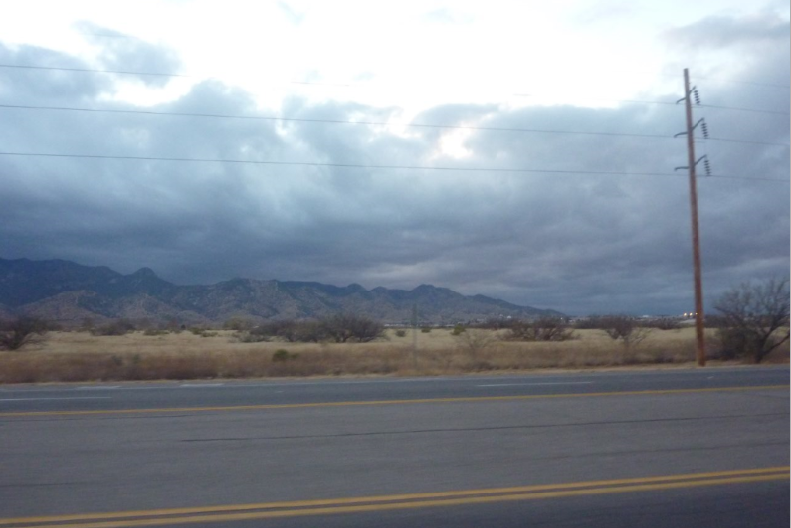
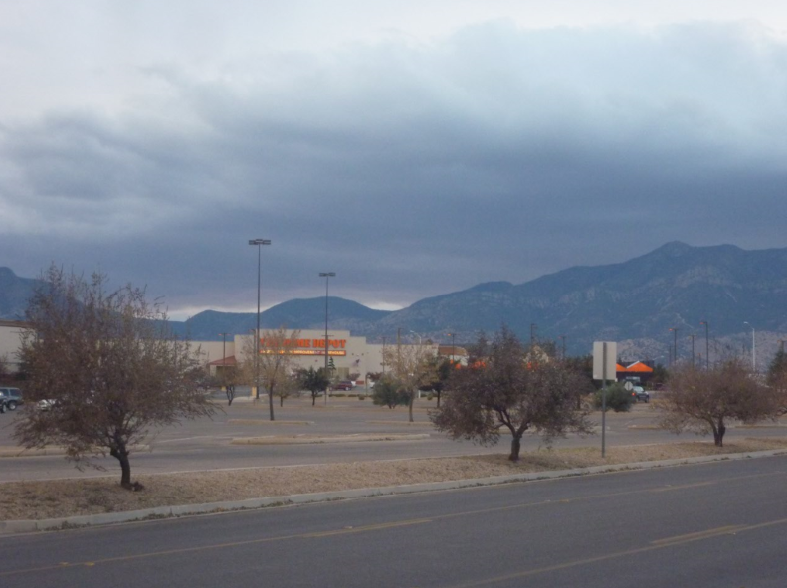

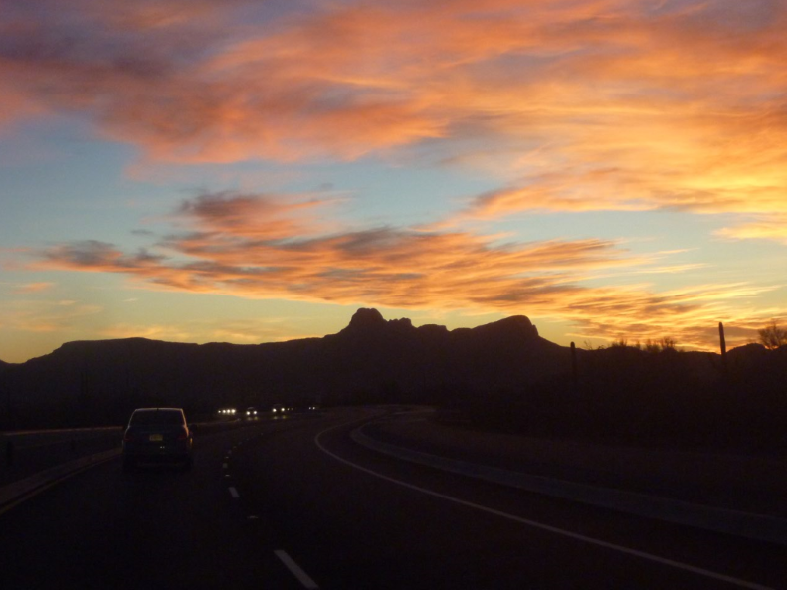
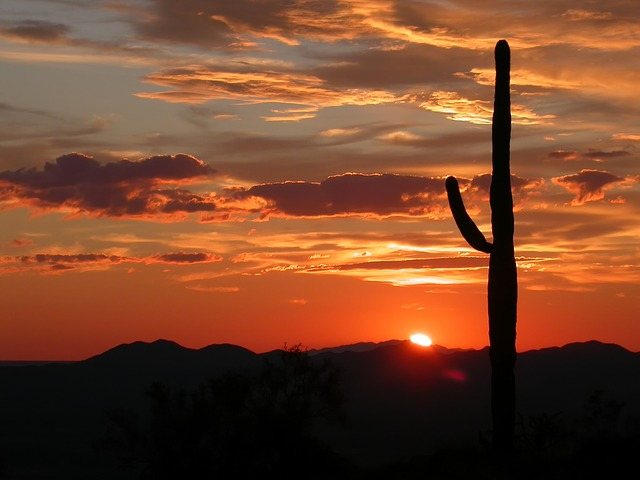

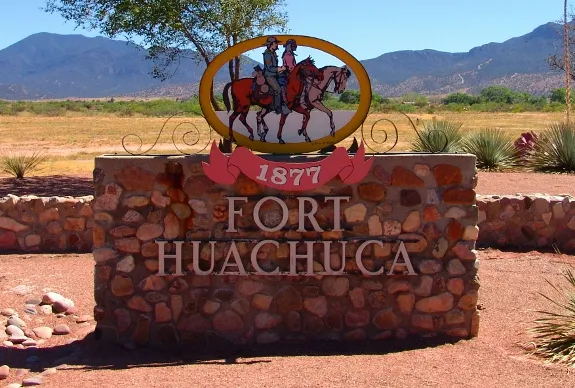
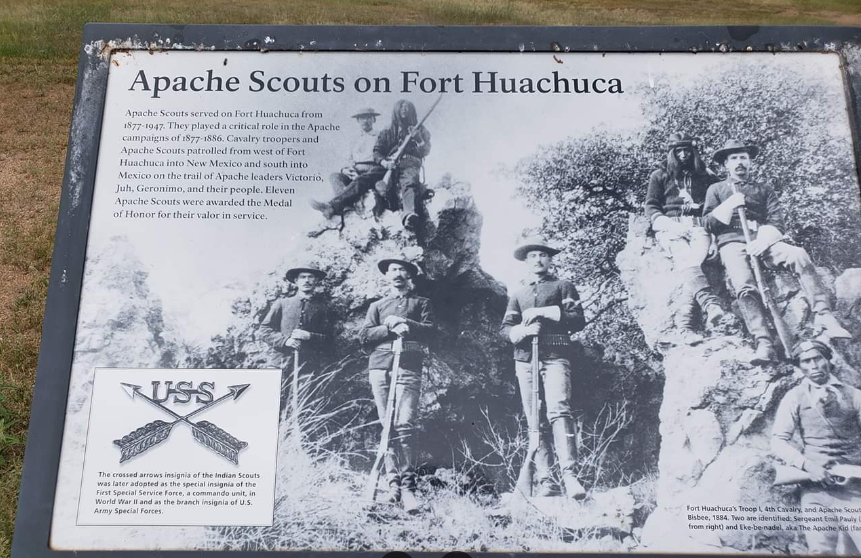
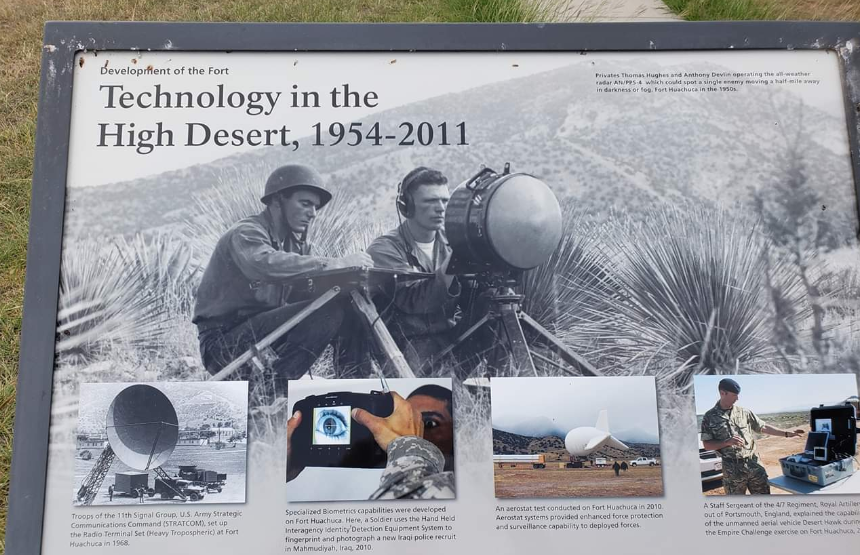

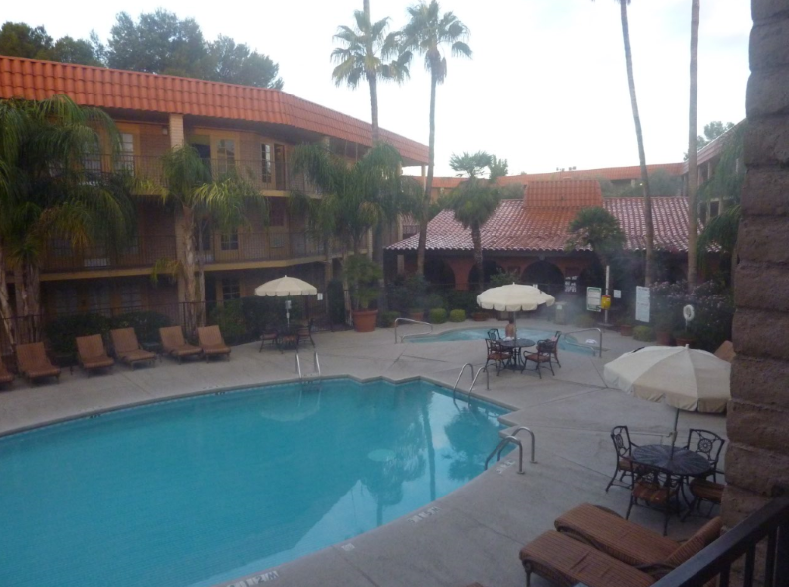

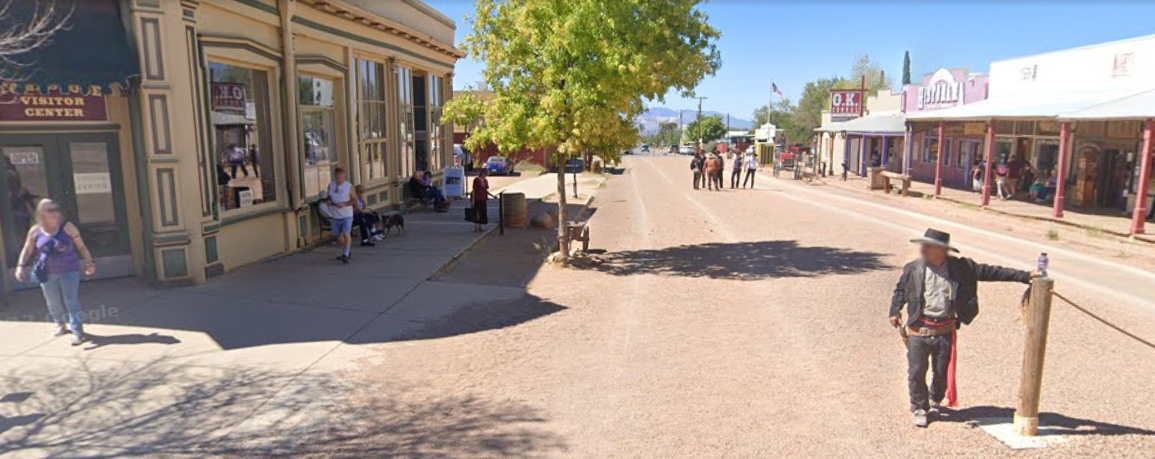
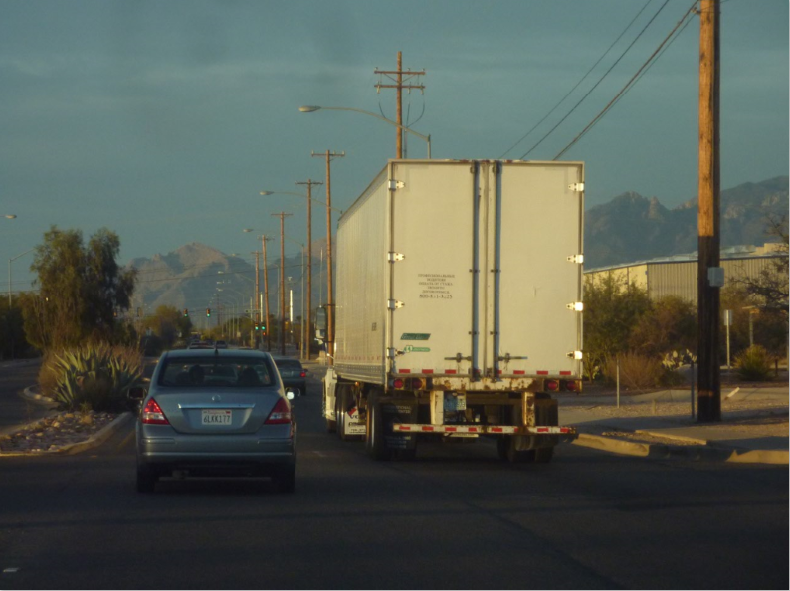
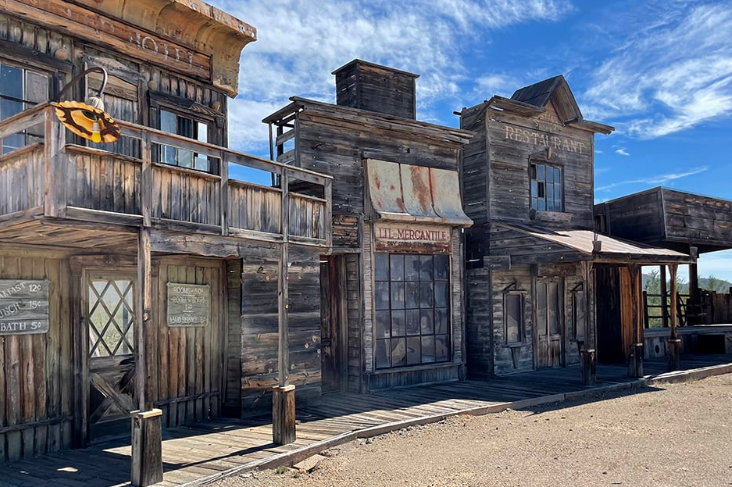
This blog is like a breath of fresh air in the midst of all the portable toilets I empty and refill as a Port-a-John technician. I’m grateful to have stumbled upon it.
Very informative.